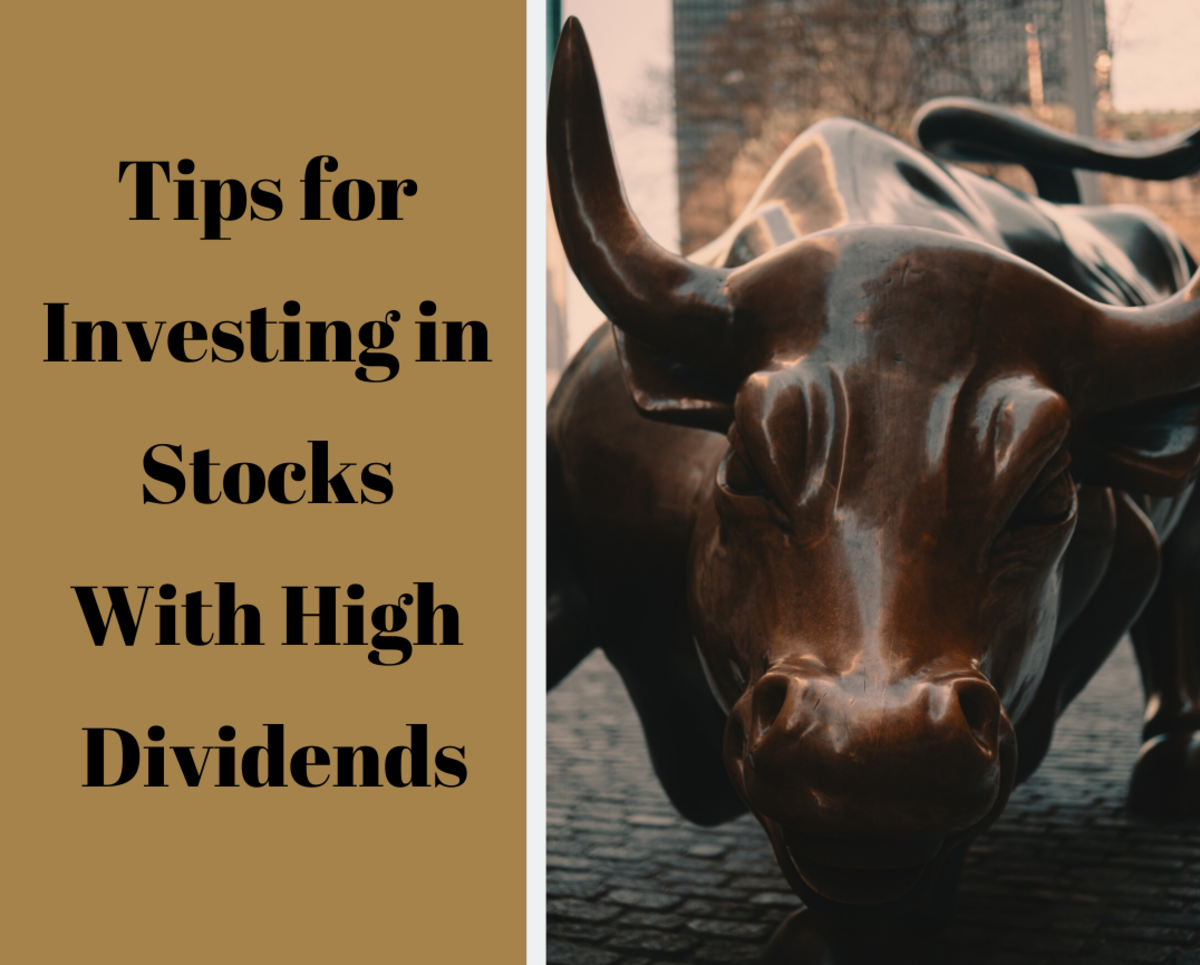Guide to Value Investing
What is value investing? Value Investing is an investment strategy that was invented by the great American investor, Benjamin Graham, whose ideas influenced Warren Buffet and a whole host of other investors.
Value investment is about looking for stocks and shares that priced significantly below their true value, and which therefore provide potential for gains when the market eventually discovers the share.
Value investing requires considerable discipline in reading company balance sheets and profit and loss accounts closely and in exerting control and not buying shares unless they meet the criteria. In periods of a bull market being a value investor can be frustrating as very very few shares will meet the criteria. But the beauty of the system is that it prevents people from buying shares at the top of the market - in other words, this system protects you from losses.
The tools of Value Investing
I would go buy a copy of the Financial Times to start with. At the back of the FT is the share section, where they list all the shares listed in the London Stock Exchange, as well as the shares listed on the NASDAQ, NYSE, CAC, DAX, TOPIX, and indeed exchanges around the world.
It's true that you can now get all this information online too - but the value of having it in newspaper form is that the FT organises shares by sector, so you can see at a glance which shares are in a particular niche, and compared their prices, P/e ratios and yields all of which the FT pubishes daily. This means you can do quick comparisons at a glance, and can pick out potential shares by scanning the paper applying initial criteria.
Once you've found the shares you want to investigate further, it's worth checking them out online to look at their fundamentals. The FT online site allows you to look at the financial data of individual shares, as do sites such as Fool.com and Fool.co.uk.
The value share criteria
Value investors hate losing money and they hate gambling. Therefore a big part of value investing is about minimising the probablity of losses.
P/E ratio Value investors look for a Price/Earnings ratio (P/E ratio) of that is lower than the shares in their sector - they usually pick shares with a P/E of not more than 2/3rds of that of the competitors in their niche.
Dividend yield Value investors usually look for a dividend yield that is at least 50% higher than that offered by their competitors in their sector.
Price/BookValue Value investors are looking for a company who has a lot of assets - therefore they are looking for a Price/Book value of less than 1.
Debt Value investors shun companies who carry debt. Instead they are looking for companies who have net cash (i.e. the cash they hold is greater than any debt they have).
The Caveats
There are some caveats when looking at the above criteria.
1. Remember that the published P/E ratio is based on earnings in the last published accounts. The market may have depressed the price of the share (and hence the P/E ratio drops) because they believe future earnings will be lower. Thus what looks like a bargain may turn out not to be. Always check press reports for profit warnings, any news that the sector as a whole may be struggling, any news that the company itself may be struggling. Google is your friend here. Do searches on the company and the sector using keywords beginning with "problems with..." or "struggling" - that way obscure stuff that is not in the normal results may be highlighted. It's also worth doing a search of the FT site and of Bloomberg for any news about the particular company you are invstigating.
2. The same thing applied to the dividend yield. If it looks like a company will cut it's dividend, the share price will drop, and the published yield will rise (as the published yield is based on the last dividend declared). Therefore check carefully to ensure that the share you are looking at is in no danger of cutting it's dividend. In general shares that have a lot of cash on their books will not cut their dividend even if they are going through rough economic times. They have the firepower to keep paying out regardless.
3. Be careful about small caps (small companies with low market capitalisation). They are very vulnerable indeed - for a start they arn't liquid, so the share price may jump around if there is a rare big buy or sell of shares. Small caps are also pretty vulnerable in recessions. Therefore look for market capitalisation of at least £100 million.
Related page
- How to interpret financial analysis ratios
An explanation of the main financial analysis ratios and how they ae used
How do people make profits with value investing?
When you are buying shares on a value criteria, you are frequently buying hidden gems which are being overlooked by everyone else. If you've chosen well, the share price should gradually rise due to increased earnings year on year, even if the p/e ratio stays the same.
However eventually, everyone else will realise that the share is good too, and begin to pile in. Sometimes sectors that have been overlooked come back into fashion as gains are exhausted in other areas and fund managers are looking for fresh pickings. When the share or the sector is discovered by the big investors, the P/E ratio will start to rise. Watch this carefully. At every point ask yourself if you would still be a buyer at the current share price - if the answer is yes, and the share is thus still undervalued according to your criteria, so hold the share. But if the P/E ratio rises too much and you would never be a buyer at the current share price, consider selling and banking profits. Once you have banked your profits don't look back and wish you had held on for longer. Many share owners hold onto shares too long, waiting for the top price, and then end up caught in a savage crash wiping out all paper gains. No one ever got poor banking real cash profits. Plenty of people lose money trying to time the top though.
Sometimes value shares will be the target of takeover bids. Market participants may have overlooked the share, but their competitors will notice is a company is undervalued, has cash, no debt and a lot of assets. Takeovers nearly always offer a premium to the current share price, so if a share you own is in this situation, saying yes to the bid will usually mean you can cash out with healthy profits.
Related page








